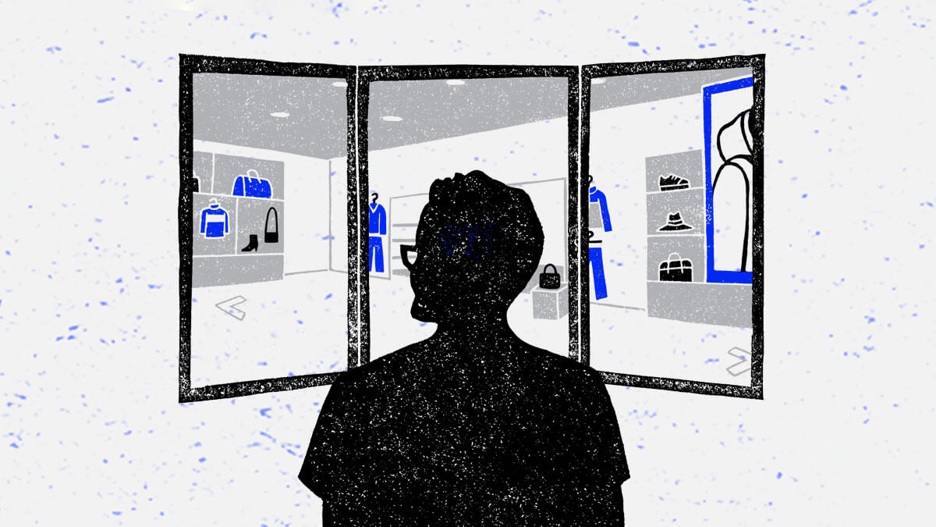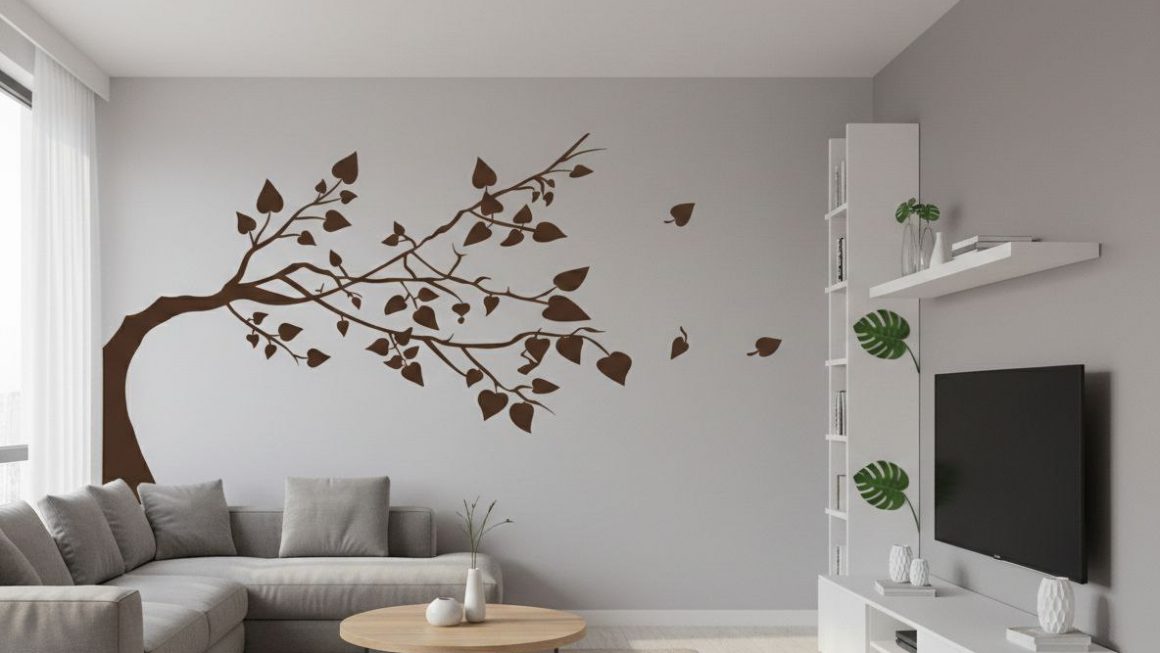Virtual stores have emerged as an innovative approach to online shopping amid this year’s shift to online shopping. This time, headsets aren’t required.
A variety of brands, including Clarins and Tommy Hilfiger, Farfetch, and Intermix, are testing virtual store technology. Many of these technologies are tied to the holiday shopping season. Virtual stores can be described as part virtual reality and part embellished sites. They feature immersive interactive elements that entertain customers while allowing them to make a purchase. These elements can be accessed via mobile or desktop, unlike the traditional in-store VR stations. They are also dynamic so that they can be modified just like a regular website.
Carolina Herrera’s brand new website adds to product listings by showing videos, augmented real try-ons, and product customization. Intermix and Gucci use one-on-one messaging and video shopping sessions with associates. Diseño de tiendas virtuales Mexico allow customers to browse a virtual space in 3D as if they were using google mapsstreet view. Tommy Hilfiger’s virtual shop has three themed rooms, each with different colors. They look and sound just like a holiday store. You can see the recessed lighting, festive music, and clothes on racks that cast shadows onto the digital carpet. There’s also a «showroom,» where snow falls and piles up, unlike a mall store. You will also find no other customers.
Virtual stores offer holiday shopping that’s more welcoming than a grid-based website and safer than in-person. They are more realistic than traditional VR because they can be accessed through a smartphone or computer rather than a headset. The pandemic has given VR retail a new lease of life, adds angel investor Lisa Pan, co-founder, and president of smart glasses company Photon Lens. Brands are now driven by meaningful results, unlike previous experiments that focused on exploring new technologies. Pan says that brands have been more deliberate about choosing the right XR experience for their products.
VR is rebranded
Tommy Hilfiger, Charlotte Tilbury, and Obsess collaborated to create their virtual shops. According to Neha Singh, founder, and CEO of Obsess, the company has seen a 400% increase in inbound traffic since the pandemic. Also, the conversation types have changed. Over the past four years, obsess has been approached by innovation teams who wanted to try VR. Retail and merchandising teams now seek solutions to specific problems. Singh says that people aren’t reaching out to VR because they want virtual stores.
Obsess was awarded funding by Venture Reality Fund, WXR Fund, and Jump Capital in October. This brings the total raised to $3.4 Million. Jump Capital partner Yelena Schkolnik says, «We like that it doesn’t require you to have headsets, and it allows for you to create something similar to a physical shop.»




